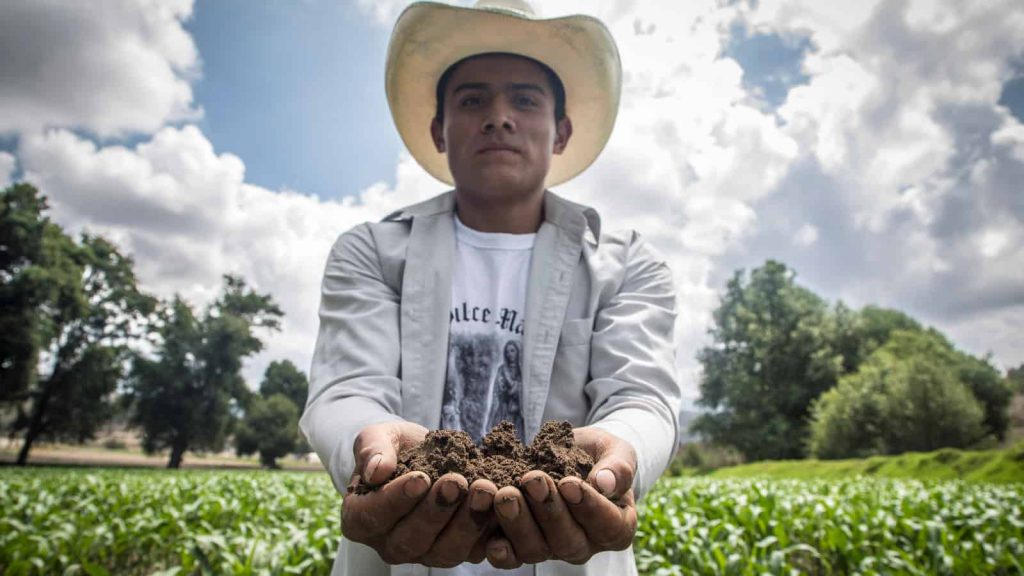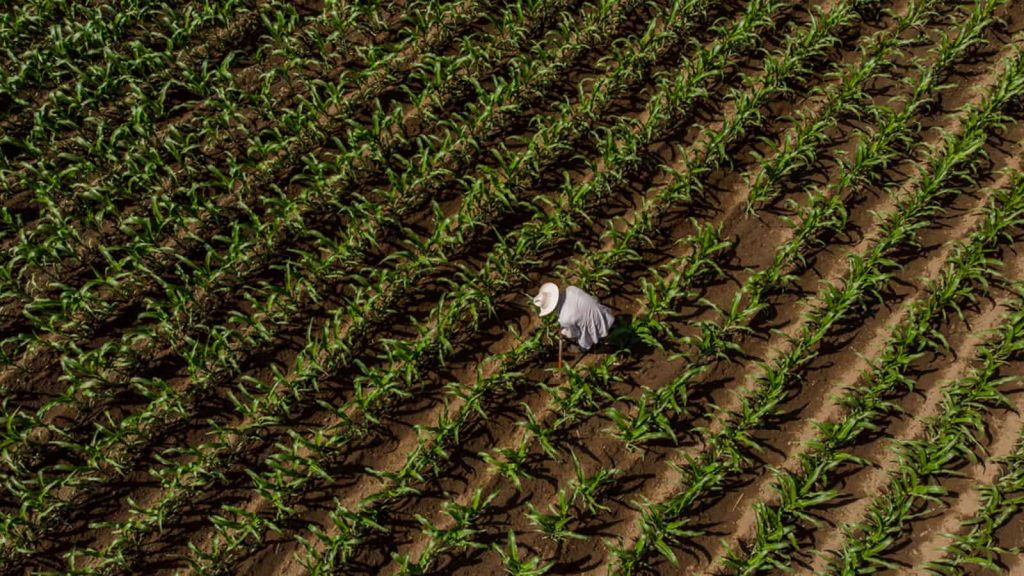There’s no need to wait: the revolution is here. All over the world big companies and small farmers are changing completely the way their produce is made. And, as all revolutions, this one is starting at the bottom. At the soil.
The term “Regenerative Agriculture” was first coined in the 1980s at the Rodale Institute in Pensylvania, and it has slowly but steadily become a key element in sustainable agriculture. Regenerative agriculture is the combination of several components, such as crop diversification and rotational grazing, but one of the most important is the minimization of soil disruption. Basically, this practice has healthy soil as its crown.

When soil is healthy, it holds large amounts of nutrients and microorganisms in it. When land is being prepared for agricultural use, this soil gets dug up and loses important components, such as carbon, which by the way turns into carbon dioxide as it merges with air (read all about agriculture’s impact on the environment here). It also stops microorganisms from developing, losing key cycles that happen at a chemical and biological level. This, combined with the over-application of nutrients and pesticides, is known as soil disruption.
If there is something we believe in at Sistema.bio, that’s the power of cycles. We know that there’s a same level of importance to the cycles that occur in healthy soil as there is to the photosynthesis that occurs in healthy plants. Which is why we have built our biodigesters to produce not only biogas but organic, soluble fertilizer for each farm’s precious soil. And it all comes from our key resource: dung. When animals eat, they take the carbon, water and nutrients from plants and return them to the soil in their waste. While these things are exactly what plants need to grow, they are not prepared to be used —yet. When the waste goes in, the bacteria in the biodigester continues to transform the nutrients and water into the perfect form for soil and plants to do what they do best: continue their natural cycle. This allows plants to grow, yes, but it also contributes in giving back to the soil some of the nutrients it has lost in the process, keeping it healthier and stronger for longer. And the healthier the soil, the healthier the farm.
Change, especially long-term, is only possible if everyone is involved. In 2018, the Rodale Institute partnered up with big companies such as Patagonia and Dr. Bronner’s to create the Regenerative Organic Certification. While this aims to build on the existing movement of organic standards, it has yet to expand the access to good products with high nutritional value for large sectors of the population. Which is why it’s important to make sustainable agriculture the norm and not the exception.
Us at Sistema.bio and our partners believe the most important part of this revolution is its expansion, which is why we focus on joining hands with the largest scale of the agriculture sector: small farmers. More and more small farmers in big farming countries such as Mexico, India, Colombia, Nicaragua, and Kenya are seeing the value of sustainable farming practices for their crops, their produce, and the environment. They are betting for clean technology in their farm equipment, working toward improving their farm waste management and including renewable energy to their resources. More and more people are thinking in the long run.
According to Regeneration International, a 10 to 20% transition in agricultural production to regenerative practices would be enough to reverse climate change. Just as importantly, it would help make sure that healthy, nutritious food is included in the food security agenda. Joining hands with the majority through financing smallholder farmers and betting for affordable, clean, high-quality farming technologies will not only help our environment but also keep our lands and our soil healthy, bringing healthy food to mouths everywhere. Making sure that our small farms are healthy is making sure that our lives are healthier, too.
